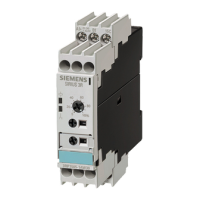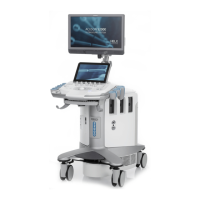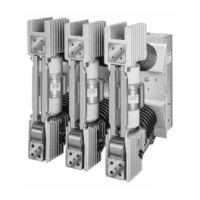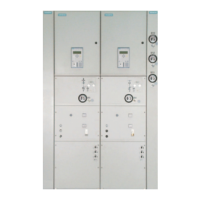Setting parameters for blocks
3.5 Programming the Ident profile
Ident profile and Ident blocks, standard function for Ident systems
112 Function Manual, 10/2018, C79000-G8976-C387-04
Ending the Repeat command with "SRESET":
1. Reset the "RPTCMD" input parameter and set the "SRESET" input parameter. ①
2. The "DONE" output parameter is set and the reader resets the "RPTACT" output
parameter.
②
Figure 3-41 Ending the Repeat command with "INIT"/"SRESET"
Permanent command repetition can lead to the data being transferred more slowly to the
Ident profile than new transponders are processed. In this case, the reader buffers the
results. The reader has a number of buffers for this. If the buffers are full, no new data is
fetched by the Ident profile; in other words newly arriving transponders are no longer
processed.
Table 3- 91 Readers and communications modules that support command repetition
Number of buffers
(number of commands)
Max. user data that can be processed
with command repetition
RF300 reader
RF620R/RF630R
233 bytes × 246 = 57 318 bytes
233 bytes × 150 = 34 950 bytes
1034 bytes × 250 = 258 500 bytes
RF180C
RF185C/RF186C/RF188C
233 bytes × 150 = 34 950 bytes
1034 bytes × 270 = 279 180 bytes
233 bytes × 150 = 34 950 bytes
Note
Restriction of command repetition
In the case of RFID systems with unique tag IDs (UID or EPC
U), the stored command is only repeated when different transponders enter the
antenna field. If the same transponder (identical
UID / EPC-ID) enters the antenna field
again and again, the transponder will not be processed again.

